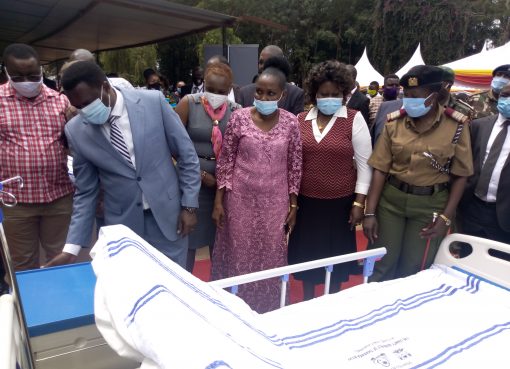Garissa County wants the national government to promptly disburse resources in the fight against desert locusts in the region to avert spread of the invasive pests to other parts of the country.
Agriculture CEC Mohamed Shale said that equity in resource allocation was a critical and would allow Kenya to swiftly and promptly deal with the desert locusts menace while they were still in the frontier counties, well before they ravaged other parts of the country.
He was speaking during a regional stakeholder’s consultative forum on the draft management strategy on migratory and invasive pests and weeds held at Garissa Government Guest House.
“There is no need to spend up to 70 per cent of available resources paying compensation and fighting locusts when they are already ravaging the major farm lands in this country. These resources could have been used to deal with the locusts prior to them reaching there when they were still spawning and growing,” Shale said.
The forum brought together officials from Garissa and Wajir counties to draft a strategy to streamline the fight against desert locusts, quelea birds, army worms, purple witch weeds, Mediterranean fruit fly and other invasive pests and weeds.
“In a day, a one-square kilometer swarm of locusts can eat enough crops to feed 35,000 people. This strategy will allow us to put in place systems for early warning, response and control to these locusts and secure the future of our people and nation,” Shale noted.
He said that there should be adequate resources for livelihood support and restoration for dealing with the after-effects of migratory pests in affected communities.
“A great deal can be achieved through cash injections and farming and livestock-based recovery packages that would help at-risk communities,” he said.
By Erick Kyalo





